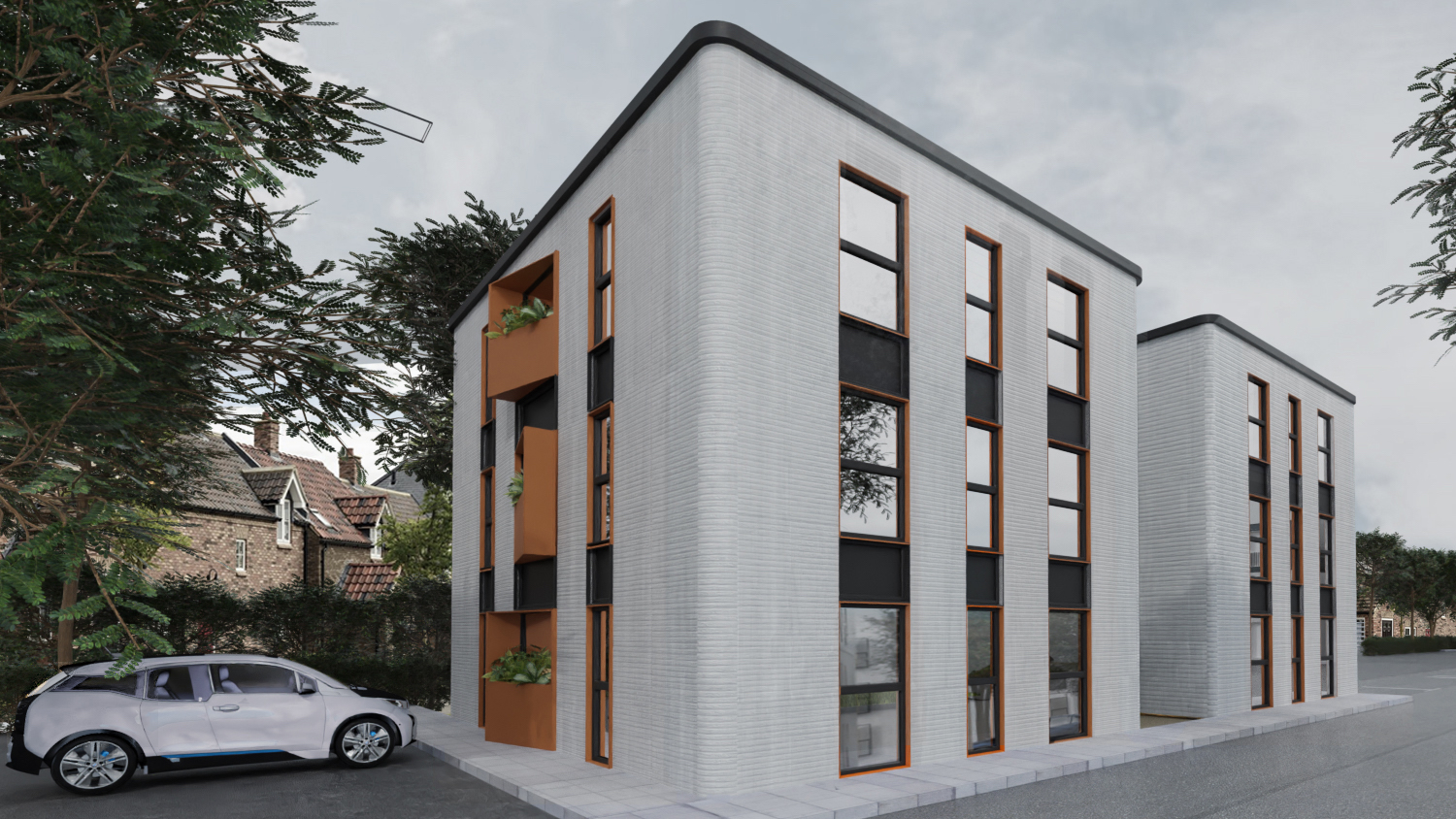
The viability of 3D-printed houses in the UK has received a boost with the launch of a home insurance policy for such homes.
Adrian Flux, one the UK’s largest car insurance brokers, has launched what it claims is the first commercially available home insurance policy for 3D printed homes.
The insurance will help underwrite 3D-printed homes under Adrian Flux’s non-standard home insurance products. It will cover a range of perils, such as escape of water, theft, and fire. The policy is available for individuals only, not companies. It offers cover whether the whole house or just a portion of it is 3D printed. It does not offer a structural builder’s warranty, for example the 10-year NHBC Warranty.
Strict housing regulations, problems around planning permission and difficulties in getting cover for laser-printed buildings has slowed the uptake of the technology in the UK compared to America and parts of Europe, according to the broker. But the ability to insure 3D-printed properties will enable homeowners to get a mortgage and thus help accelerate uptake.
“We’re passionate about producing pioneering policies that have a positive impact,” said Gerry Bucke, general manager of Adrian Flux. The company introduced the UK’s first driverless car insurance policy in 2016.
“This will help the UK’s 3D-printed homes movement gather pace as it looks to follow the lead of the US and other countries like the Netherlands. It will take time to catch up, but we’re proud to be helping put some crucial and supportive steps in place.”
Market reaction
HTL.tech, the Irish company that is building the UK’s first 3D-printed housing development in Accrington, Lancashire, welcomed the announcement.
“3D construction printing provides the capacity to deliver housing substantially quicker, of a quality that is significantly higher than traditional construction and at a reduced comparative cost,” said Justin Kinsella, chief executive of Harcourt Technologies.
“Such technology has never been so needed as it is now. We are very encouraged to see Adrian Flux embrace this new technology. It serves as a game changer for helping more people secure stronger, healthier and more affordable housing.”
HTL is working with not-for-profit organisation Building for Humanity on the £6m Accrington project. It will house homeless veterans and low-income families in 46 eco-friendly properties. When complete, it will be the largest residential development of its kind in Europe.
Don’t miss out on BIM and digital construction news: sign up to receive the BIMplus newsletter.














